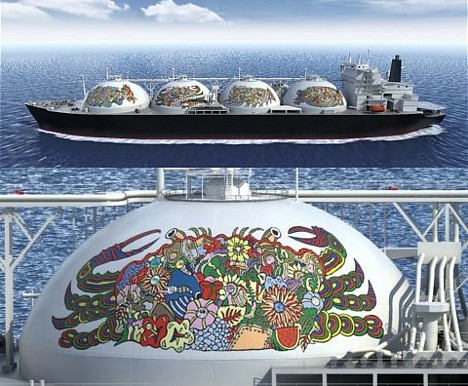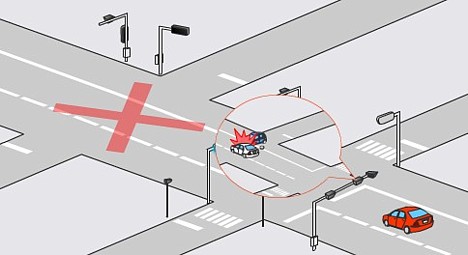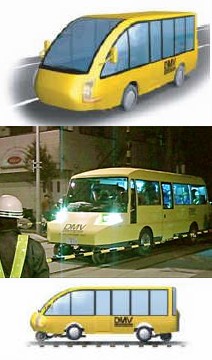 A dual-mode vehicle (DMV) that looks like a minibus and runs both on conventional railway tracks and paved roads was tested on the Gakunan railway in Fuji city (Shizuoka prefecture) on the night of November 24. The 28-passenger test vehicle was developed by the Hokkaido Railway Company (JR Hokkaido) in a project that began in 2000.
A dual-mode vehicle (DMV) that looks like a minibus and runs both on conventional railway tracks and paved roads was tested on the Gakunan railway in Fuji city (Shizuoka prefecture) on the night of November 24. The 28-passenger test vehicle was developed by the Hokkaido Railway Company (JR Hokkaido) in a project that began in 2000.
Technicians aboard the DMV evaluated the safety and ride quality during the series of tests on rail and road. After the 3-km railway portion of the test course, the vehicle stopped at a railroad crossing, retracted the railroad wheels and switched to street mode in a mere 10 seconds.
A number of local governments around Japan have shown interest in introducing DMVs because they are inexpensive to manufacture and run. In addition, DMVs conveniently allow passengers to travel from train stations to their final destinations without having to transfer vehicles. DMVs appear to be particularly attractive in rural areas with limited public transportation because they allow railways to offer more versatile and efficient services.
In April 2007, JR Hokkaido will begin operating DMVs along part of the Kushiro line in eastern Hokkaido.
[Source: Nikkei Net]

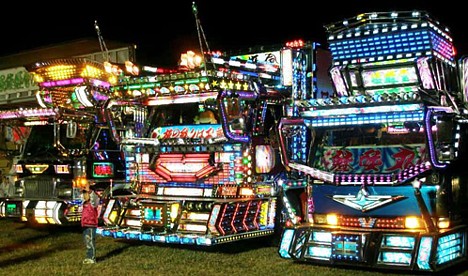
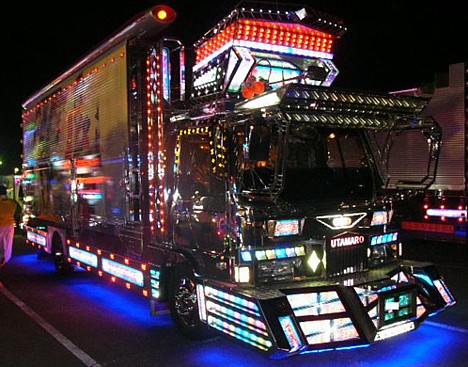
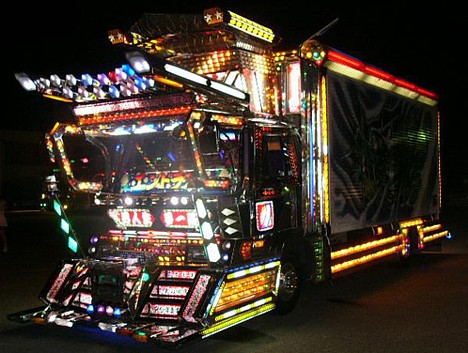
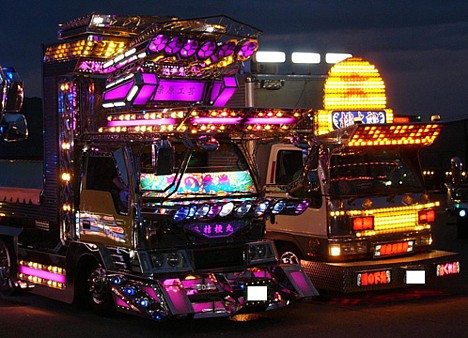
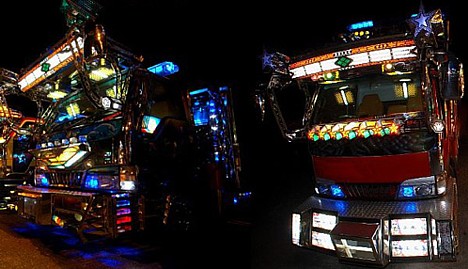
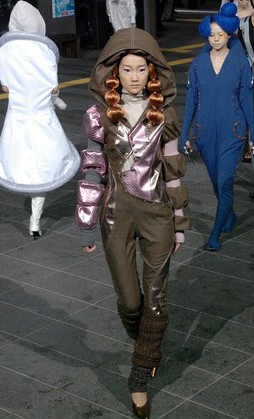 A spacewear fashion show featuring clothing designed for travel in weightless conditions was held at the University of Tokyo's Hongo campus on November 2.
A spacewear fashion show featuring clothing designed for travel in weightless conditions was held at the University of Tokyo's Hongo campus on November 2. 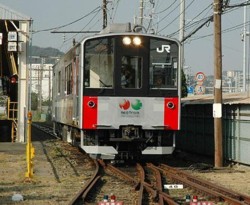 On October 19, East Japan Railway Company (JR East) made a test run of its
On October 19, East Japan Railway Company (JR East) made a test run of its 
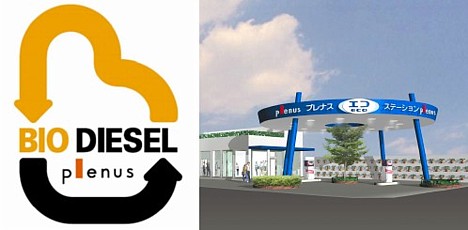
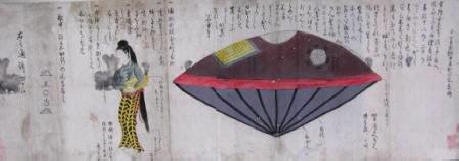
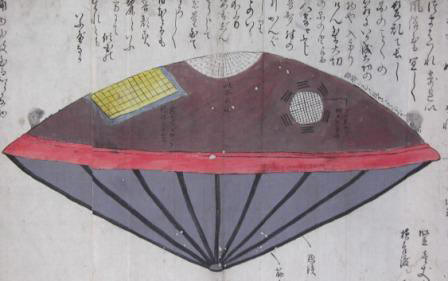
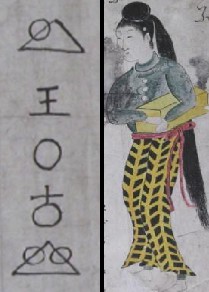 Aboard the drifting vessel was a finely dressed young woman with a pale face and red eyebrows and hair. She was estimated to be between 18 and 20 years old. Because she spoke an unfamiliar tongue, those that encountered her were unable to determine from whence she came. In her arms she clutched a plain wooden box that appeared to be of great value to her, as she would allow nobody to approach it.
Aboard the drifting vessel was a finely dressed young woman with a pale face and red eyebrows and hair. She was estimated to be between 18 and 20 years old. Because she spoke an unfamiliar tongue, those that encountered her were unable to determine from whence she came. In her arms she clutched a plain wooden box that appeared to be of great value to her, as she would allow nobody to approach it. 